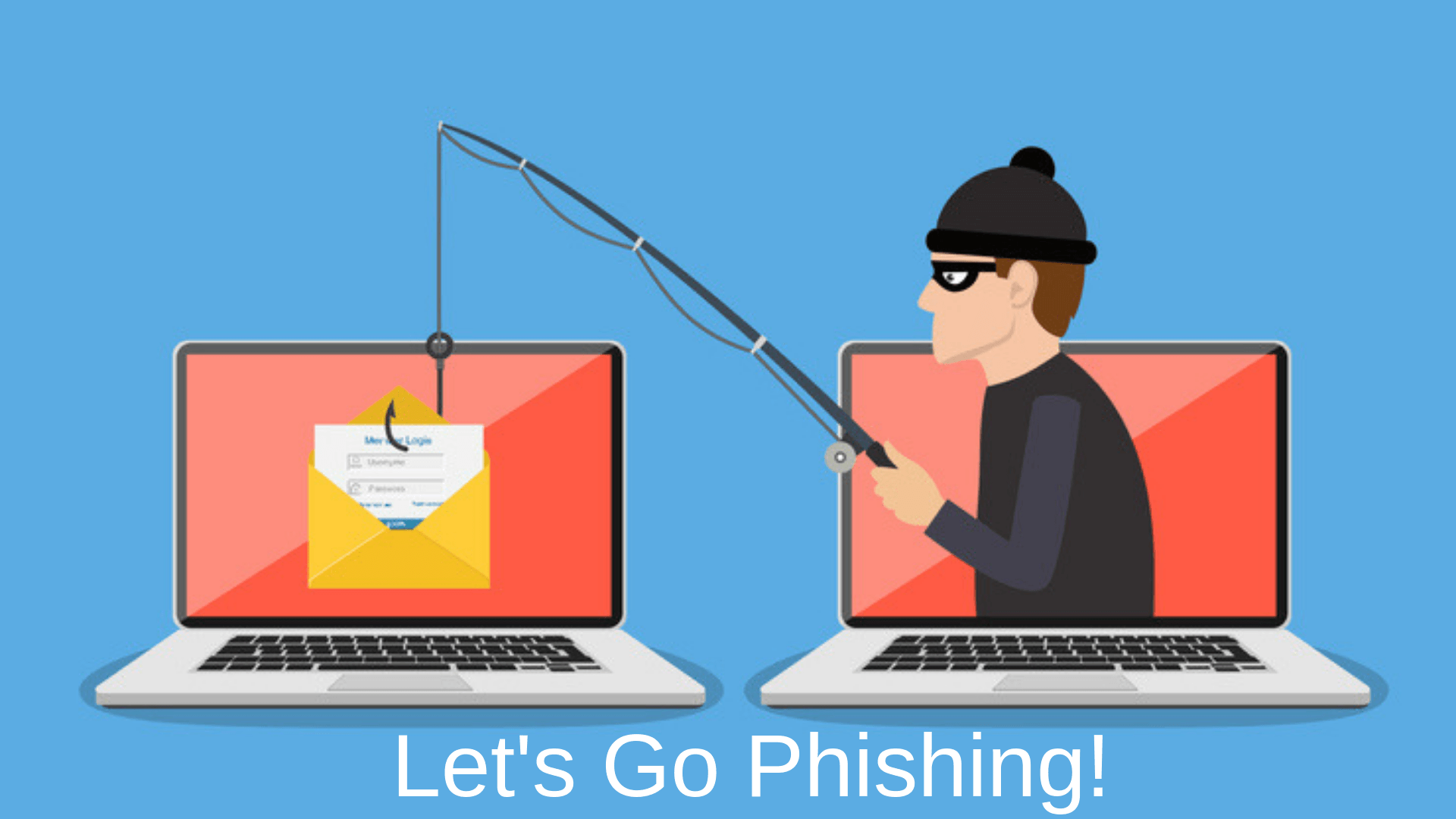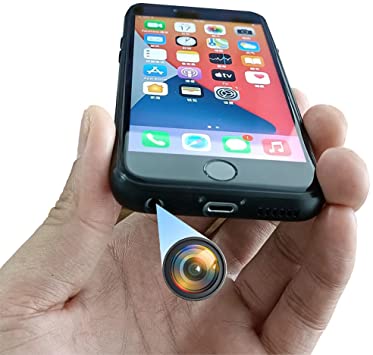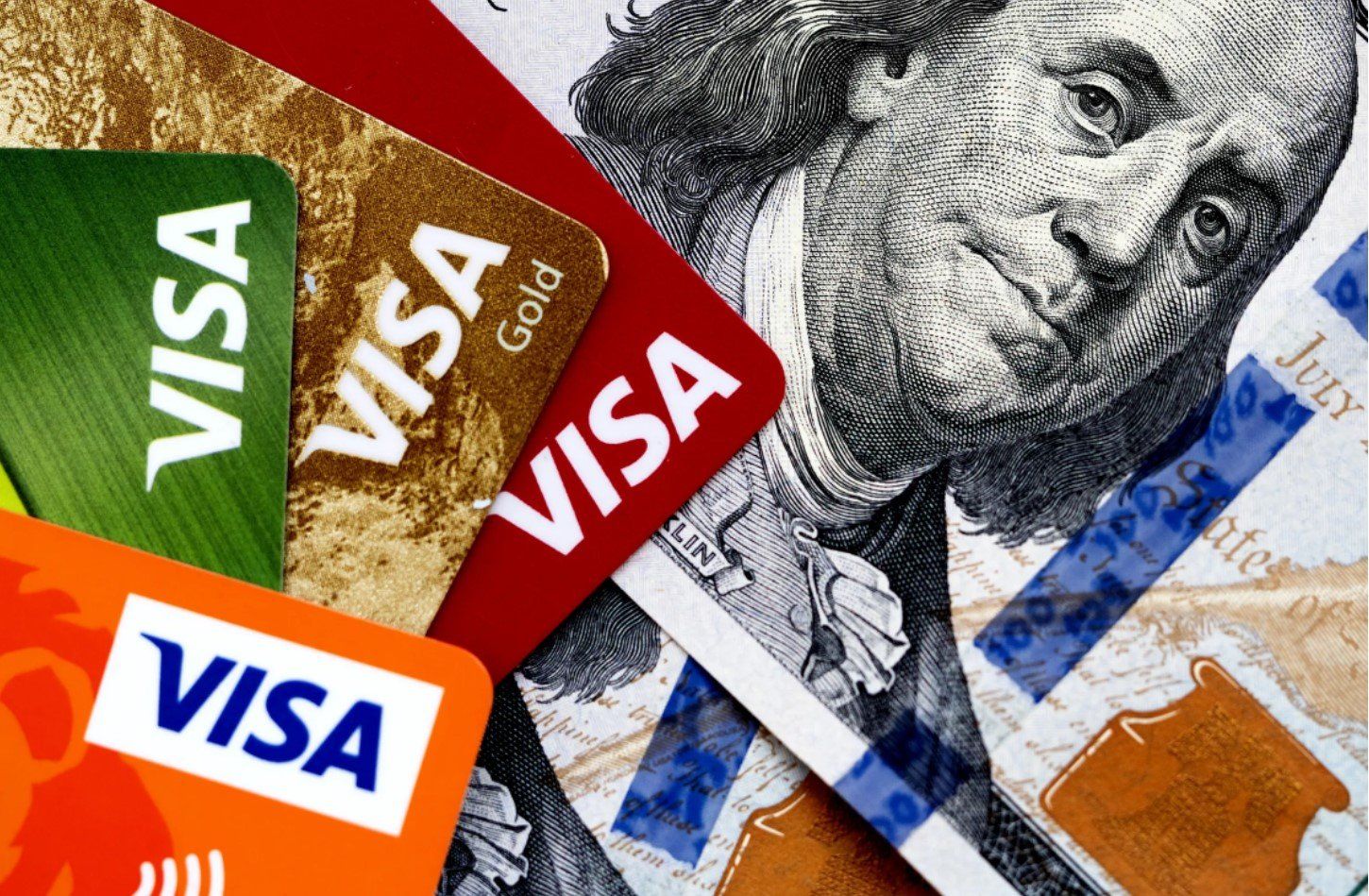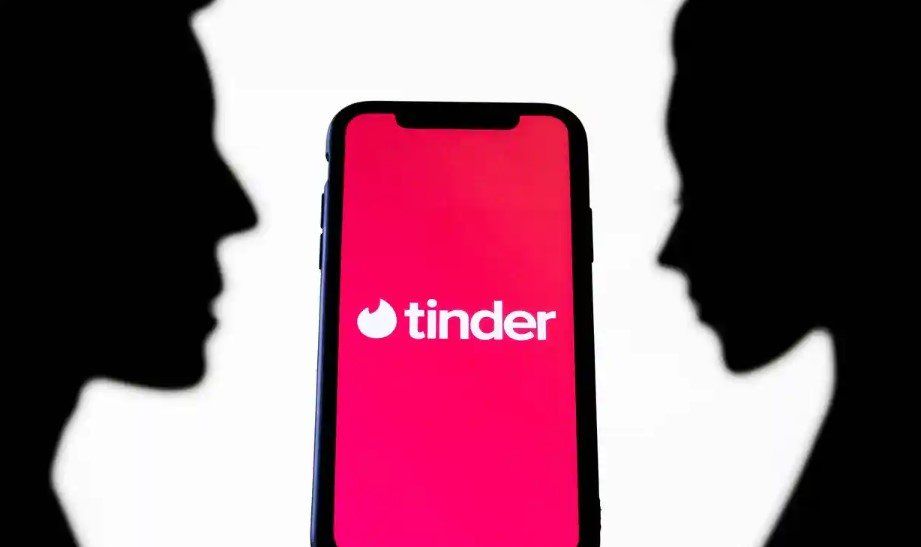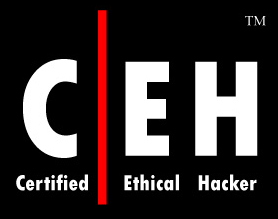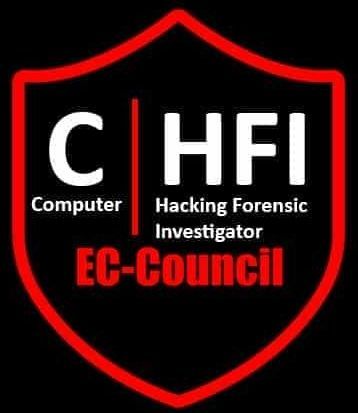I've Been Hacked | Cyber Security Specialists Gold Coast | 24/7
Here are some dedicated tips for keeping younger children safe online. One of these training tips goes into the risks of young children on the Internet, covers cyber bullying and other risky Internet behavior.
Here are the suggestions parents should take into account regarding kids online.
• Talk with your kids about online safety and the dangers of communicating with strangers.
• Put the computer your children use in a public part of your house so you can supervise their Internet access. Act immediately if they seem to be hiding something from you.
• Limit children’s Internet access to a set amount of time each day, with a regular schedule.
• Teach them never to use their real name, address or school name for an avatar.
• Teach them never to agree to meet someone in the real world whom they met online, and to tell you immediately if someone wants to meet them in the real world.
• Set up an account on sites your child visits, and ‘friend’ your child. Become a positive part of their online world.
• Switch ‘open chat’ off until you are sure your child is mature enough to use it appropriately.
Parents and teens should be aware of the ways older teens can get in serious trouble on the Internet
• Downloading movies or music illegally.
• Visiting porn sites that put malware on your computer.
• Engaging in cyber bullying.
• Sexting (sending and receiving inappropriate pictures).
• Posting inappropriate pictures of themselves or others on social media sites.
• Getting involved with online hate sites.
• Becoming part of an online ‘hacktivists’ group to attack public websites. Your PC is not anonymous and can be tracked.
• Experimenting with illegal hacking. It may start as just a challenge, but it’s a way teens can get in very serious trouble.
Technical tips for parents
• Kids should use a separate computer. They tend to download carelessly, and infect that computer with malware.
• We suggest that you use a parental control software product and monitoring software like eBlaster from SpectorSoft to help protect children online.
• Computers use a service called DNS to link your web browser to Internet sites. We recommend OpenDNS, a free DNS provider that creates an extra security filter that scans the Internet for inappropriate sites, and has built-in parental controls.







